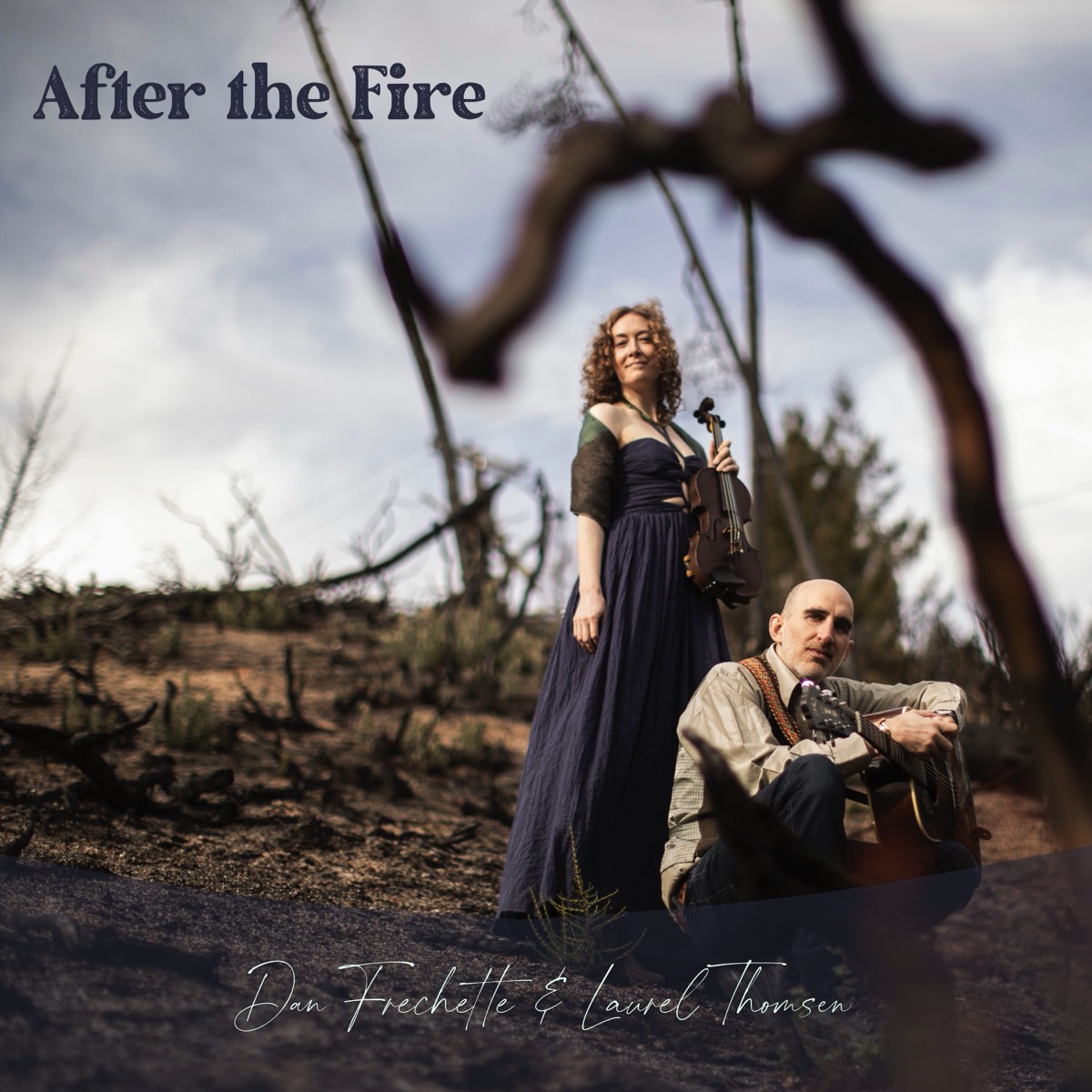It’s that time of year again and I've already received some messages from prospective students and/or parents looking for guidance on purchasing a new violin, viola, or cello for a beginner on their holiday shopping list, as well as from some of my current private students with the budget to step up to a better instrument in the new year.
The search for any new instrument starts with a budget range. For violins, anything less than around $300 is generally not worth bothering with. Even if it says “Stradivarius” and looks old, most labels reporting such famous makers are fake and it's common for makers to antique new instruments to appear old. From there, the $500-600 range is usually a noticeable improvement in tone. For those with a higher budget, the next steps up in quality seem to happen around $1000-1500, $2500-2800, and then $5000 and beyond.
Violas and cellos are physically bigger of course, and therefore it usually costs more to reach comparable quality. Spending at least $500 on a basic, but hopefully playable viola, and $1000 for a beginner cello is to be expected.
The learning curve on violin family instruments is generally more challenging than other instruments, particularly early on, so especially for those with no playing experience, rather than add to the struggle with an instrument that won’t stay in tune and is difficult for even a professional to play, budgeting for a decent quality instrument that has been setup at a respected shop really helps the early learning stages go smoothly. Although eBay and Amazon sometimes advertise attractive looking outfits at ridiculous price points, it's not uncommon to have to spend entire lessons just trying to get the $75 violin or $150 cello to stay in tune. These really are not worth anyone's time or money.
Bows are also at least half the equation and the rule of thumb is to budget 1/4-1/3 the price of the instrument for the bow. Anything less then around $80-100 for a violin bow is generally not worth bothering with. Cheap bows are often warped, won't tighten or loosen, or are unbalanced, leading to jitters and squeaks even when played by a pro. For intermediate to advanced students, I recommend finding an instrument that you love, then searching for a bow that really brings that instrument to life and/or helps balances its tone. Yes, bows have a tone all their own too! Different weights, different wood types versus carbon fiber, and even a round versus octagonal stick can effect the sound and playability.
Ideally, head to your local violin shop or take a trip to a larger city where you may have the choice of several shops. It’s best to call ahead and let them know your price range, and then they will select instruments for you and have them all laid out when you arrive. For those with at least some playing experience, try a handful, or even at a dozen or more instruments in your price range.
I recommend scales and pieces that are quite familiar versus the most difficult passage of the current piece you're working on. This will not only save time (this isn't the time for practicing after all), but allow you to get to know each instrument's character without the distraction of trying to tackle difficult fingerings and bowings. Play the same selections on each instrument and make sure to include some time in all the instrument's ranges - every open string and note in first position, and hopefully up into the higher positions of each string if you've gotten to that point in your learning. Besides tone, also consider playability and tune-ability. Though these latter factors can often be adjusted, the ease and cost can vary greatly. You should try to negotiate any setup work from the start.
You may immediately dislike some instruments (and bows for that matter), so while it's possible for one to grow on us, assuming we have several potential instruments to try, it's usually best to just move on. The process is basically the instrument equivalent of speed dating, and initially your goal is to figure out which instruments are definitely out, and which ones are worth a second date. Take notes!
If you’re a beginner and your teacher isn’t available to play the instruments for you, ask someone who works at the shop to play the instruments for you. It’s rare for someone working at a violin shop to not have at least some playing experience and are usually more than happy to help your process. While you may think you can’t possibly determine any differences as a beginner, after hearing just a few instruments in a row, most are surprised by how quickly they begin to identify qualities they prefer. An experience that may start off as daunting, usually ends up being fun and empowering.
After several rounds of playing each remaining contender for a few minutes, the goal is to narrow the field down to 2-3 potential winners you'll continue to get to know through a home trial. Acoustics matter and it's important to play any potential instruments in your own space and for your teacher. After a few days you might whittle your choice down to just one, or take them all back and continue your search. Unlike the policies of general music stores, home trials are not only allowed, but expected at both physical and online violin shops. No one should feel pressured to make such an important decision on the spot, or even to purchase an instrument or bow you took home on trial. To find the instrument I play today, I tried at least 30 violins before I found mine, and I easily tried 100 bows over the course of an entire year to find the one that checked all the boxes for me.
If you don’t have any violin shops near you, try sharmusic.com or johnsonstrings.com. The former has a lot of decent beginner instruments and outfits (all-inclusive deals which include a case, a bow, rosin, etc.), while the latter specializes more in step-up instruments and bows. I don’t have any affiliation with either of these shops, but my students and I have had good experiences with them over the years. Both offer home trials for instruments and bows, and attractive trade-in programs when you’re ready to step up to the next level.
Finally, while many people ask for brand name recommendations, two instruments made by the same maker using the same model will still sound different. Absolute consistency is impossible using natural materials, and like people, no two violins or bows sound or look exactly alike. I’ve had many experiences where a student lands on a specific violin, but something isn’t quite right, so we decide to try a few more of the same make and model. The student is often surprised at the differences, from tone, to the grain of the wood, to the finishing, and even the playability, though the differences are usually more subtle then between two instruments by two different makers, or a new versus an old instrument, even by the same maker. Again, I think it’s best to try as many instruments as possible in your price range and go from there. Your ear is your best asset.
Of course, instruments and bows made of carbon fiber or an electric instrument do offer consistency, but we have to trade the natural sound and resonance of wood. Carbon fiber technology is improving however, and while carbon fiber violins are still fairly pricey (around $2250 for a Glasser, or $5539 for Luis & Clark), carbon fiber bows, with prices starting at around $50, can be a great option for students who aren't yet ready to purchase an expensive high quality wood bow, and/or who need something fairly indestructible.
This is an overview, but for more specific advise on this topic, check out my 2020 post Thoughts on purchasing a modern versus older violin or viola and my 2010 Violin Geek Podcast episode Tips for renting or purchasing a playable instrument.
Happy shopping and practicing!

